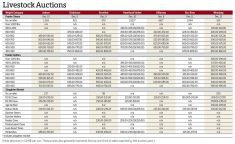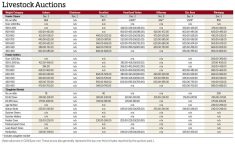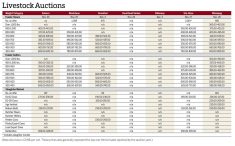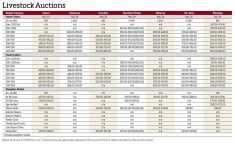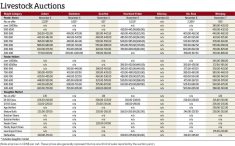Even though the number of cattle going to market was down for the week ending March 8, there were no big changes from a pricing standpoint at Manitoba’s cattle auctions, according to Rick Wright of Heartland Buying Order Co.
Several auctions saw the number of head drop significantly this week compared to the previous week. Overall there were 9,279 cattle sold, a drop of nearly 30.5 per cent from the previous week.
However, Wright said, that decline was not unexpected.
“Depending on the market, we sold 15 to 30 per cent more cattle in the fall than we would normally do in the spring,” he said.
Read Also
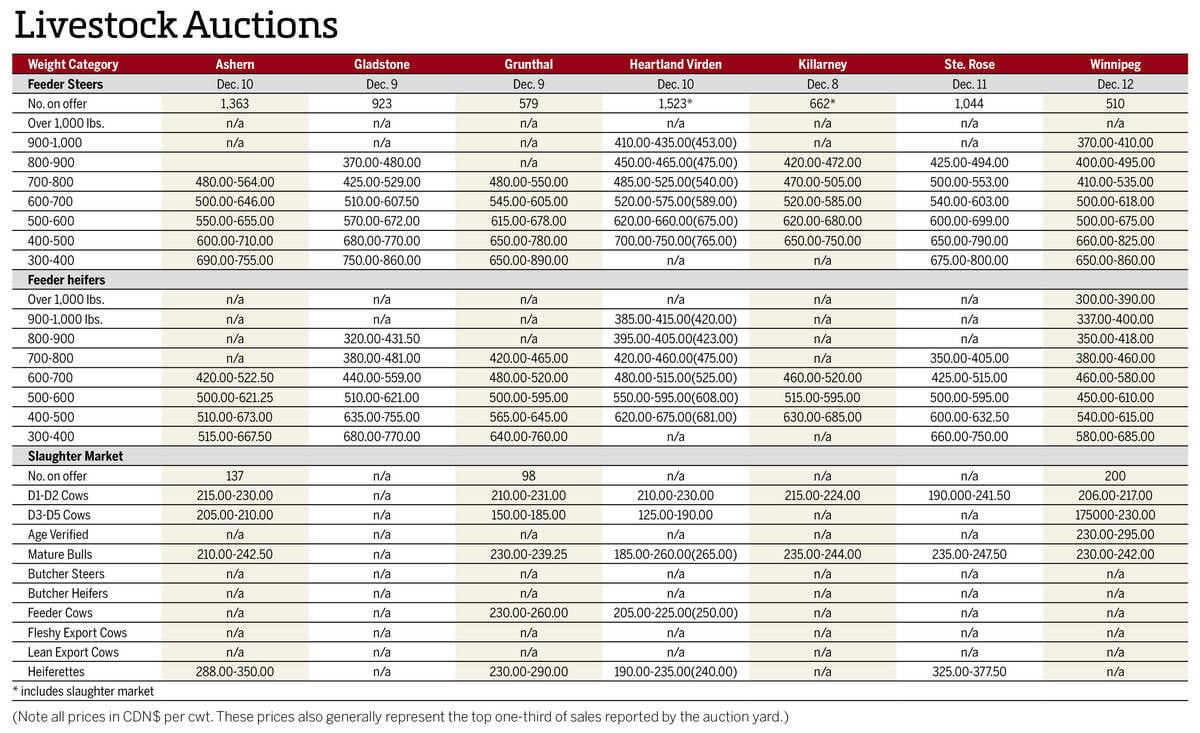
Manitoba cattle prices Dec. 16
Here’s what local farmers were getting paid last week for their cattle at Manitoba livestock auction marts; prices covering the week Dec. 8-12, 2025.
Also, cattle ranchers, especially those in western Manitoba, like the pre-sort sales that have been scheduled for every second week.
“So next week we’ll see bigger numbers at Brandon and Virden,” Wright said, adding the auctions at Killarney and Ste. Rose du Lac still had large numbers come in for their auctions.
Another factor for reduced numbers at several auctions was the beginning of calving season. This will prompt cattle sales to free up pen space, to make room for cows coming in with their newborns, he added.
“We’ll see constant numbers for the next two to three weeks, but then it will start to slow down,” Wright said.
Prices have been pretty comparable to this time last year, he commented, with grass-type cattle very strong, but any cattle over 700 lbs. have been very difficult to move.
“Guys who bought calves in the fall, with the idea of reselling them this spring, that’s not working so well for them,” he said.
Wright expects producers who have been caught up in this situation will try to “feed their way out” to mitigate their losses — but feed prices have risen, causing more headaches.
As for exports, Wright said the Canadian dollar is in a good position, currently below 75 U.S. cents. That has resulted in good numbers of heifers sold into the United States.




